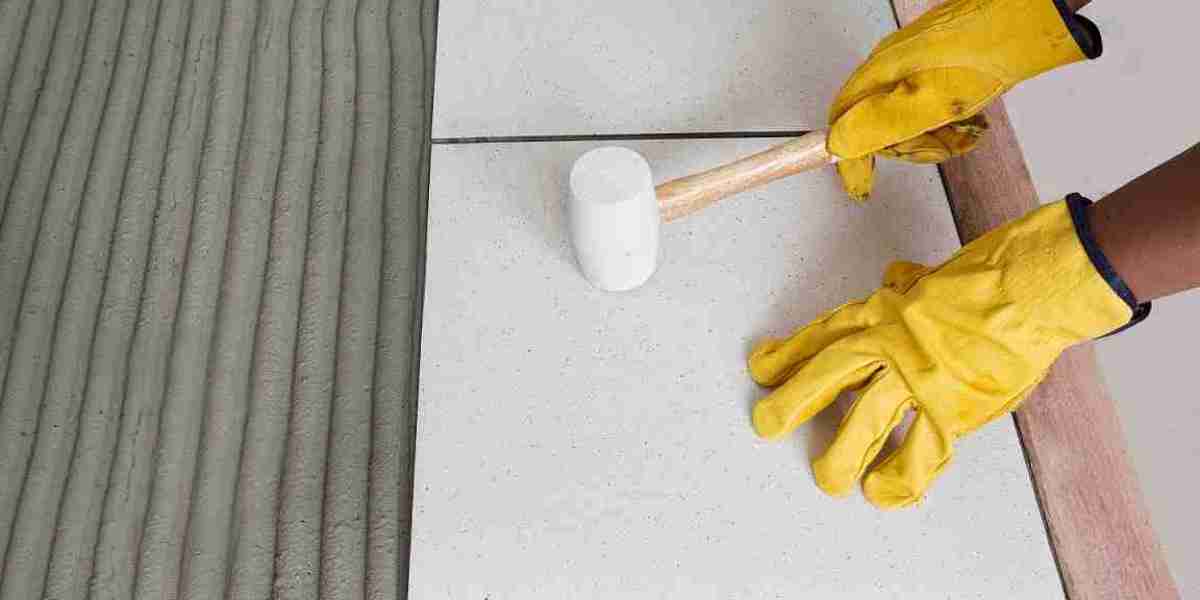The Floor Adhesives Market is evolving in response to changing regional preferences and emerging flooring design trends that directly influence product demand, application methods, and consumer expectations. As global construction and renovation activities continue to expand, understanding the nuances of regional tastes and material usage is critical for adhesive manufacturers aiming to stay competitive and relevant in diverse markets.
Regional Preferences Driving Product Variation
Different regions prioritize distinct flooring materials based on cultural preferences, climate conditions, and economic factors, which in turn influence the type of floor adhesives in demand.
In North America, particularly in the U.S. and Canada, there is a strong preference for luxury vinyl tile (LVT), engineered hardwood, and carpet tiles. These materials require pressure-sensitive and acrylic-based adhesives that allow quick application and provide excellent bonding strength. The growing popularity of DIY home improvement also fuels demand for user-friendly adhesive solutions, including peel-and-stick formats.
In Europe, sustainability plays a central role. Countries such as Germany, the Netherlands, and the Nordic nations prioritize eco-friendly flooring materials like cork, linoleum, and bamboo. As a result, water-based, low-VOC adhesives that comply with strict environmental regulations are increasingly favored. European manufacturers are also leading innovation in recyclable and biodegradable adhesive technologies, supporting green building certifications such as BREEAM and LEED.
Asia-Pacific, led by China, India, and Southeast Asia, is characterized by rapid urbanization and middle-class growth. Tile, stone, and laminate flooring dominate residential and commercial construction, leading to increased demand for high-bonding cementitious and epoxy adhesives. In this price-sensitive market, affordability and durability are key, with manufacturers focusing on volume-driven production and local sourcing to stay competitive.
In Latin America and the Middle East & Africa, traditional ceramic tile remains popular due to its cost-effectiveness and suitability for hot climates. These regions primarily demand cement-based and solvent adhesives, although water-based alternatives are gaining traction as sustainability awareness grows.
Flooring Design Trends Influencing Adhesive Innovation
Globally, flooring design trends are becoming increasingly sophisticated, with aesthetics and functionality playing a more significant role in consumer choices.
The rise of open-concept spaces and minimalist interiors is driving interest in seamless flooring options that require advanced adhesive solutions capable of handling large surface areas without visible joints or cracks. Products such as vinyl sheets and rolled rubber flooring are gaining popularity, pushing adhesive manufacturers to develop flexible, fast-curing, and moisture-resistant formulas.
Natural and organic aesthetics, including wood-look tiles and stone finishes, are in demand for both residential and commercial spaces. These materials need adhesives that ensure strong adhesion over uneven subfloors and provide long-term performance against wear and moisture.
Meanwhile, modular flooring systems, including carpet tiles and floating wood panels, are popular in office and retail spaces due to their ease of maintenance and design flexibility. Pressure-sensitive adhesives, which allow tiles to be lifted and replaced without damaging the subfloor, are essential for these installations.
The growing demand for underfloor heating compatibility and acoustic insulation is also influencing adhesive selection. Specialized adhesives that can withstand heat cycles and contribute to noise reduction are becoming essential in both luxury homes and urban apartments.
Strategic Implications for Manufacturers
To tap into these market shifts, floor adhesive manufacturers are adopting a regionalized approach. Strategies include:
Developing localized product portfolios to match specific flooring preferences.
Complying with regional environmental and safety regulations.
Partnering with architects and interior designers to influence product specification at early planning stages.
Expanding technical support and installer training in regions with growing construction activity.
These steps are helping companies build brand loyalty and capture market share in an increasingly diversified global landscape.
Conclusion
Regional preferences and design trends are key growth drivers in the floor adhesives market. As consumer tastes, sustainability goals, and construction practices vary worldwide, adhesive manufacturers must adapt to these dynamic conditions with tailored, high-performance solutions. This market review underscores the importance of innovation, flexibility, and local insight in capitalizing on global opportunities.




